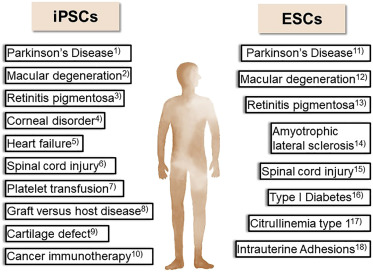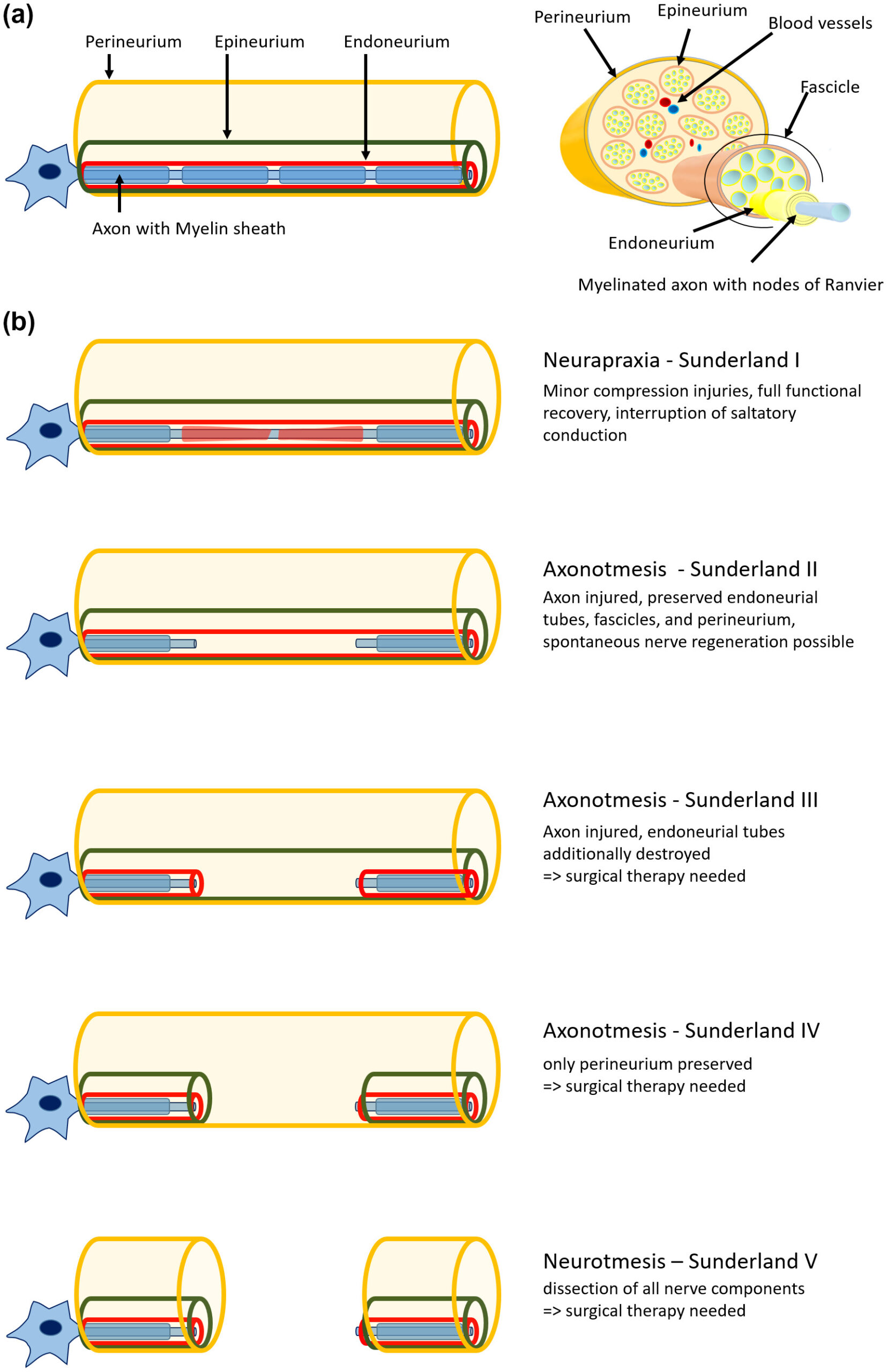Summary:
Human pluripotent stem cells such as embryonic stem cells (ESCs) and induced pluripotent stem cells (iPSCs) provide unprecedented opportunities for cell therapies against intractable diseases and injuries. Both ESCs and iPSCs are already being used in clinical trials. However, we continue to encounter practical issues that limit their use, including their inherent properties of tumorigenicity, immunogenicity, and heterogeneity. Here, I review two decades of research aimed at overcoming these three difficulties.
Introduction
Pluripotent stem cells (PSCs) proliferate infinitely and differentiate into cells of all three germ layers. These two properties make PSCs attractive sources for cell therapies for various diseases and injuries. Two types of human PSCs (hPSCs) are being explored for clinical use: embryonic stem cells (ESCs) and induced pluripotent stem cells (iPSCs). Human ESCs (hESCs) were first reported by James Thomson’s group in 1998 (Thomson et al., 1998) seventeen years after the generation of mouse ESCs. This prolonged time lag between the creation of mouse and human ESCs was due to substantial differences in morphology and culture conditions, as described later. hESCs have been being explored in cell therapies for various diseases and injuries, such as spinal cord injury, age-related macular degeneration, and type 1 diabetes.
Conclusion
The potential of human pluripotent stem cells in cell therapies and other applications is enormous. Cell therapies for more than 14 diseases and injuries have reached or are about to reach clinical trials (Figure 1). More sophisticated applications of hPSC technology are also making steady progress: these include the differentiation of hematopoietic stem cells from PCSs for leukemia and other blood disorders, creation of liver organoids for treating liver failure, and similarly, creation of kidney organoids for kidney failure. While I have discussed the major challenges to bringing hPSC-derived products to the patient in this Perspective, there have been several encouraging success stories to spur us into activity and hundreds of scientists are continuing to work with great skill to overcome the remaining hurdles. For example, sensitive in vitro systems, such as organ-on-a-chip models, are being developed to predict tumorigenicity (Sato et al., 2019), and factors that can reduce heterogeneiety have been identified (Kunitomi et al., 2016). I am confident that we can bring PCS technologies as a viable option for the treatment of patients globally, in the not-so-distant future.



